Complete Guide to Aging Wine [How to Age Wine]
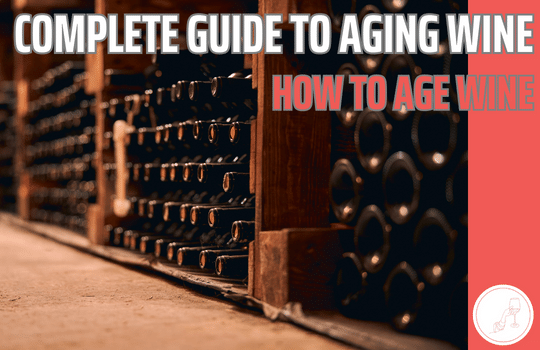
Wine should be enjoyed at its best. It should be served at the correct temperature and possibly with perfect food pairing.
It should also be consumed upon reaching its full potential.
Most wine is already at its full potential when it's purchased. But, a small percentage of wines can develop in the bottle for years under the right conditions.
In this guide, I'll explain why we age wine, which wines are best suited to aging, and how you can identify age-worthy wines yourself.
Why Age Wine?
As wine ages, it transforms, developing new flavors and aromas that add layers of complexity.
It's about allowing the wine to reach its full potential, to express characteristics that are only achievable through the patience of aging or maturation.
The fact is that most wines will not benefit from aging and it takes a special wine to benefit from this process.
I'll explain which wines benefit from aging shortly.
What Happens as Wine Ages?
During the aging process, both red and white wines undergo significant changes.
Red wines, initially vibrant and robust, begin to mellow, their color fading from a bold ruby to a more subdued garnet hue.
Their texture smoothens as tannins, once firm and astringent, soften over time.
White wines, on the other hand, grow deeper in color, evolving from a light, lemony hue to a richer gold or amber.
The fresh, fruity flavors typical of younger wines give way to a more complex palette.
This might include notes of dried fruits, spices, and earthy undertones in reds, while whites may develop intriguing flavors like petrol, honey, or nuts
It's important to note that this aging process is not linear or predictable. Each wine ages in its own unique way, and part of the joy of wine aging is this element of surprise and discovery.
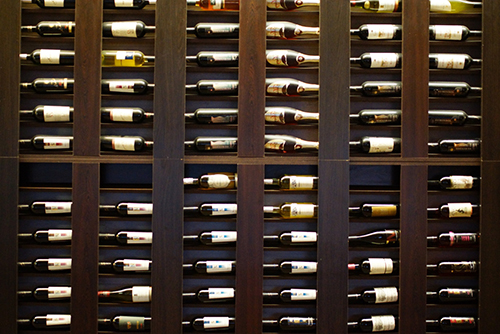
Which Wines are Best Suited to Aging?
Certain wines are known for their aging potential. For red wines, the high tannins and acidity in varieties like Cabernet Sauvignon and Nebbiolo make them ideal candidates for long-term aging.
These wines develop from vibrant fruitiness to a more complex profile, enriched with flavors of dried fruits and earthy notes.
In the realm of whites, Riesling stands out for its ability to age gracefully, often developing intriguing flavors like petrol and honey over time.
Chardonnays, particularly from renowned regions like Burgundy, can also age well, acquiring nutty and creamy characteristics.
Wine Aging Checklist
Wines that age well are few and far between. The structure of a wine is extremely important. This comes from both the grape and the quality of the winemaking.
In this section, I'll highlight the factors that make a wine age-worthy.
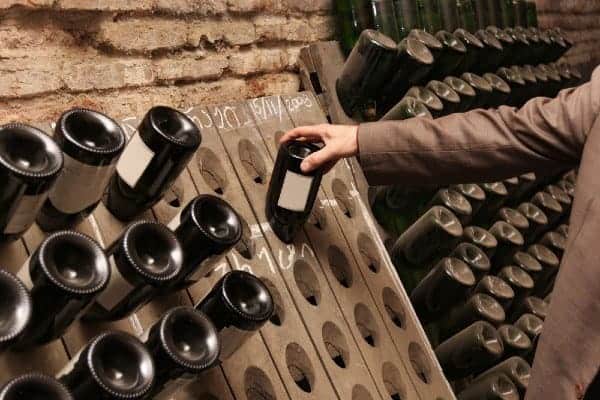
1. Wines with Structure
Wines that age well typically have a strong structure, which includes elements like tannins in red wines, acidity in both reds and whites, and sugar in dessert wines.
These components act as preservatives that help the wine evolve and develop complexity over time.
For example, a young, high-quality Cabernet Sauvignon may have high tannins that feel astringent in its youth, but these will soften and integrate over time, contributing to the wine's complexity.
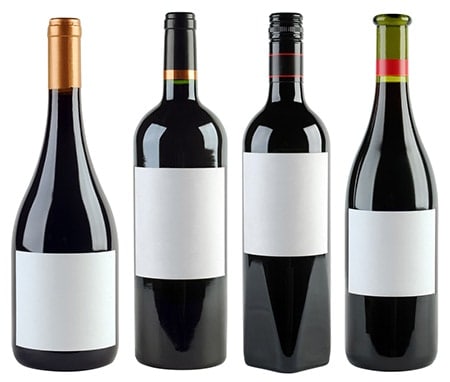
2. Wines with Concentration and Complexity
Wines with a high concentration of flavor and a complex array of aromas and tastes are more likely to age well.
As the wine ages, the primary fruit flavors will recede, and secondary and tertiary flavors will develop, adding layers of complexity.
3. Balanced Wines
Balance refers to the harmony between the wine's components - fruit, acidity, tannins, alcohol, and, in some cases, sweetness. Wines that have a good balance in their youth are more likely to age well and retain their balance.
4. Age Worthy Grape Varietals
Certain grape varieties and wine regions are known for producing wines that age well. For example, Bordeaux, Burgundy, Barolo, and Rioja are regions known for their age-worthy wines.
In terms of grape varieties, Cabernet Sauvignon, Nebbiolo, Syrah, for reds, and Riesling, Chardonnay, and Chenin Blanc for whites, have a good track record of aging.
Orange wines can age well too. They are fermented with their skins so they can be quite high in concentrations of tannin.
5. Excellent Vintages
The conditions of the growing season can significantly impact a wine's aging potential. Some vintages are more conducive to long-term aging than others.
Vintage charts, which rate the quality of a vintage for various wine regions, can be a helpful tool in identifying age-worthy wines.
6. Winemakers with Track Records
Winemakers with a history of producing age-worthy wines are a safe bet. These producers have the knowledge and skill to create wines that can stand the test of time.
Which Wines are Required to Age by Law?
Certain varieties are not just poised for aging but are legally required to do so.
This mandated aging ensures that the wines develop a certain depth, complexity, and character before they are enjoyed by consumers.
Here's a look at some of them.
Barolo DOCG
This esteemed Italian red wine, made from Nebbiolo grapes, must be aged for a minimum of 38 months after the harvest, with at least 18 months spent in oak barrels.
For Riserva Barolo, the aging requirement extends to 62 months. This extensive aging period allows Barolo to develop its signature complexity and depth.
Barbaresco DOCG
Also hailing from the Piedmont region in Italy and made from Nebbiolo, Barbaresco has a slightly shorter mandated aging period compared to Barolo.
It requires a minimum of 24 months of aging, with at least 9 months in oak. For the Riserva designation, this extends to 50 months.
Rioja
The Spanish Rioja wines are classified into different categories based on aging requirements:
Chianti
In the case of Chianti wines from Tuscany, the aging requirements vary by classification:
These aging requirements, mandated by law and upheld by tradition, are more than mere formalities.
They are integral to the identity of these wines, ensuring each bottle delivers a taste experience that reflects the essence of its origin and the skill of its makers.
Such regulations help maintain the high quality and reputation that these wines have garnered over the centuries.
For enthusiasts and collectors, understanding these requirements can also guide expectations and enhance appreciation for the nuances of these exquisitely aged wines.
Which Wines Don't Age Well?
While it's true that certain wines can improve and evolve beautifully over time, it's important to note that not all wines are designed to age. In fact, most wines are crafted to be enjoyed in their youth.
Take, for instance, inexpensive wines. These are often priced below $20 and are typically produced to be consumed shortly after they hit the shelves.
They are crafted in a style that emphasizes the freshness and vibrancy of their fruit flavors, which can diminish over time. However, this isn't an exact science and there are still age worthy wines to be found for less than $20.
Light-bodied white wines, such as Pinot Grigio, Sauvignon Blanc, and most unoaked or lightly oaked Chardonnays, also fall into this category.
These wines are celebrated for their youthful, crisp fruit flavors and acidity. As they age, they risk losing the freshness that defines their character.
Rosé wines, too, are generally best enjoyed while they are young and fresh. There are a few exceptions, such as some Bandol and Tavel rosés, but these are more the exception than the rule.
Then there are the fruit-forward red wines. Many of these, including wines made from grapes like Grenache, Zinfandel, and lighter styles of Pinot Noir, are best consumed while they are young. Their low-tannin, fruit-forward style is best appreciated before the fruit flavors have a chance to fade.
Lastly, we come to sparkling wines. While there are certainly exceptions, such as well-made Champagne and other high-quality sparkling wines, the majority of sparkling wines are designed to be enjoyed upon release.
How to Identify Age-Worthy Wines
We tend to think of red wines like Cabernet Sauvignon as being the most age-worthy but there are age-worthy white, wines, dessert wines, and fortified wines to be found too.
Let's take a look at how these wines can be identified.
Red Wines
Dry red wines are often the most sought-after in collections, not necessarily due to their longevity, but because of the pleasure derived from savoring aged dry reds.
When selecting these wines, it's essential to look for a well-structured base and ensure the wine has sufficient acidity for extended maturation.
You can gauge the acidity by focusing on the finish. Wines with the right balance typically leave a lingering, tingling sensation from the acidity, coupled with residual fruit notes.
If you only sense the dry harshness of tannin, the wine may lack balance (overly tannic, insufficient acidity).
Recommendations:
Barolo (Nebbiolo) from excellent vintages (2008, 2010, 2013, 2016)
Grand Cru Burgundy from excellent vintages (2014, 2015, 2016, 2017, 2018, 2019, 2020)

White Wines
White wines that have been oak-aged, such as Reserva Rioja Blanco and Chardonnay, gain additional polyphenols from the oak.
Polyphenols play a significant role in slowing down the chemical reactions that cause wine to deteriorate over time, thus extending the ageing timeline of oaked whites.
However, it's essential to ensure that the wine has high acidity to prevent it from becoming overly soft as it ages.
Riesling, particularly from Germany, and French Chardonnays can age gracefully.
An aged Riesling might surprise you with a bouquet of petrol, honey, and lemon zest, while a mature Chardonnay could offer a creamy, nutty profile.
Recommendations:
German Riesling from excellent vintages (2014, 2015, 2016, 2017, 2018, 2109)
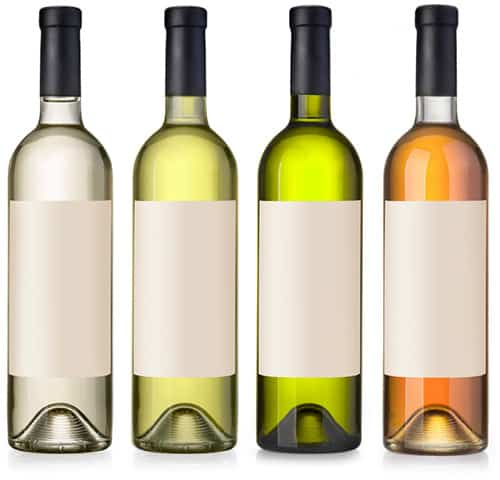
Sweet/Dessert Wines
Dessert wines and sweet wines possess some of the most extended ageing potential among all wine categories, thanks to the preservative properties of their high sugar content.
Dessert wines like Sauternes and Tokaji aren't just sweet treats; they're time capsules.
Their high sugar content acts as a preservative, allowing them to age and develop intricate flavors like candied fruits, honey, and marzipan.
Recommendations:
Sauternes from excellent vintages (2001, 2009, 2010, 2011, 2013, 2014, 2015, 2016, 2017, 2019)

Fortified Wines
These wines are renowned for their longevity, with some even enhancing their flavor profile after over 100 years in the producer's cellars.
However, not all fortified wines are designed for ageing, such as Ruby Port, which is produced and bottled in a manner that limits its cellaring potential.
Generally, fortified wines that have undergone extensive wood ageing are the ones that last the longest.
The prolonged exposure to minute amounts of oxygen during wood ageing may cause the color to fade in red wines (and turn white wines brown), but it actually stabilizes the flavor.
Recommendations:
Port from excellent vintages (2000, 2003, 2007, 2011, 2015, 2016, 2017, 2018, 2019, 2020)
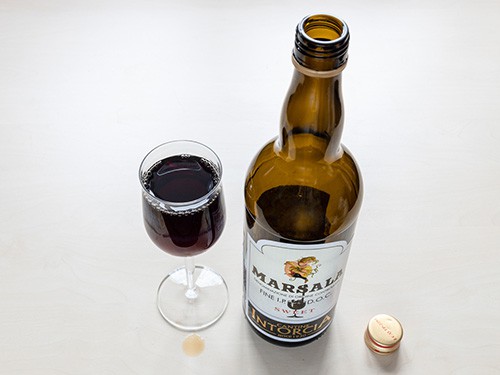
Ideal Storage Conditions for Aging Wines
The most crucial aspect of aging wine is ensuring it's stored correctly. Wine should be kept in a cool, dark place with a consistent temperature, ideally between 12-15 degrees Celsius (53-59 degrees Fahrenheit).
Fluctuations in temperature can cause the wine to expand and contract, potentially leading to leakage or spoilage.
The storage area should also have a relative humidity of about 70%. This prevents the cork from drying out and allowing air into the bottle, which can oxidize the wine. However, too much humidity can lead to mold and damage the labels.
Wine bottles should be stored on their sides to keep the cork moist, preventing it from drying out and cracking, which could let air in.
The storage area should be free from vibrations, which can disturb the sediment in the wine and speed up the aging process.
Wine should be kept out of direct sunlight, as UV rays can degrade and prematurely age the wine.
You can store wine safely for the long term in a wine cellar or a wine refrigerator.
Remember, aging wine is a long-term investment. It can take years for a wine to fully develop and reach its peak.
Keep track of what you're storing and for how long. This will help you manage your collection and prevent wines from being forgotten and left to age past their prime.
Be Aware of Drinking Windows
The whole idea of aging wine is to allow it to develop its potential and reach its prime. However, it won't be in its prime forever and it will eventually start to degrade.
Therefore, it's really important that you have some kind of system in place to keep track of its quality.
Identifying the optimal drinking window for aged wines can be a complex task but there are a few ways you can keep on top of things.
Research the Wine
The first step is to thoroughly research the specific wine you have. Some producers or wine experts may provide recommended drinking windows for certain wines or vintages.
This information can often be found on the winery's website or in wine guides and reviews. Wine critics often suggest an optimal drinking window for age-worthy wines in their reviews.
Understand the Varietal
Different grape varietals age at different rates. This means some keep for longer than others. Therefore, it's really important that you have an idea of how long a wine will keep before getting too old and spoiling.
Here's a rough guide to the aging potential for selected wines:
Aging Potential of Popular Red Wine Varietals
Varietal | Aging Potential |
|---|---|
Nebbiolo | up to 20 years |
Aglianico | up to 20 years |
Cabernet Sauvignon | up to 20 years |
Tempranillo | up to 20 years |
Sangiovese | up to 17 years |
Merlot | up to 17 years |
Syrah | up to 15 years |
Malbec | up to 10 years |
Aging Potential of White Wine Varietals
Varietal | Aging Potential |
|---|---|
Rioja (white) | up to 15 years |
Chardonnay | up to 10 years |
Trebbiano | up to 8 years |
Garganega | up to 8 years |
Sémillon | up to 7 years |
Sauvignon Blanc | up to 4 years |
Viognier | up to 4 years |
Aging Potential of Sweet/Dessert Wine Varietals
Varietal | Aging Potential |
|---|---|
Recioto della Valpolicella | up to 50 years |
Sauternes | up to 50 years |
Hungarian Tokaji Aszu | up to 40 years |
German Riesling | up to 20 years |
Aging Potential of Fortified Wine Varietals
Varietal | Aging Potential |
|---|---|
Tawny and Vinntage Port | +150 years |
Madeira | +150 years |
Banyuls | up to 100 years |
Sherry | up to 80 years |
Consider the Vintage
The conditions of the year in which the grapes were grown can significantly impact a wine's aging potential.
Years with ideal weather conditions tend to produce wines with better aging potential. Vintage charts, which rate the quality of a wine region's output year by year, can be a helpful resource.
Taste Test
If you have more than one bottle of a particular wine, you can open a bottle periodically to see how it's developing. This can give you a sense of whether the wine is still improving or if it has reached its peak.
Look for Signs of Aging
Visual cues can also provide hints about a wine's age. As red wines age, their color can shift from bright ruby to a more brick-like hue.
White wines, on the other hand, tend to darken with age, moving from pale yellow to a deeper gold or brown.
Trust Your Palate
Ultimately, the best time to drink a wine is when you enjoy it the most. Everyone's tastes are different, and what one person considers to be a wine's prime might be different from another's.
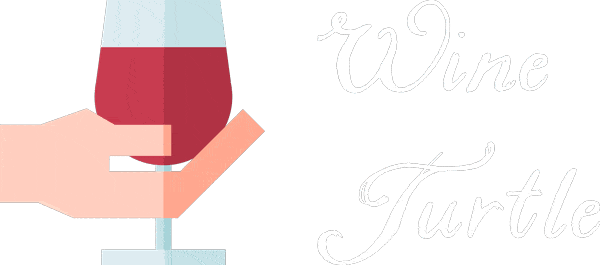
Wow! Finally, I found an article which addresses my queries related to wine with great authenticity and logical arguments. As a wine consumer, I support your stance that we shouldn’t be much curious to know whether the wine is aged or young. Just enjoy what your taste buds like.